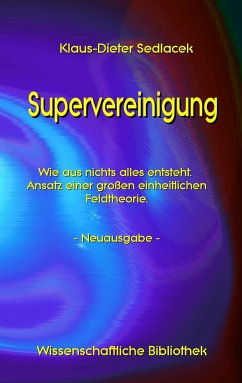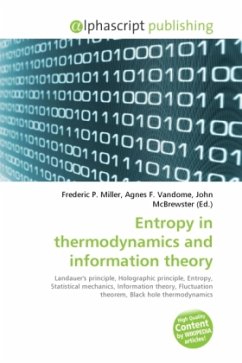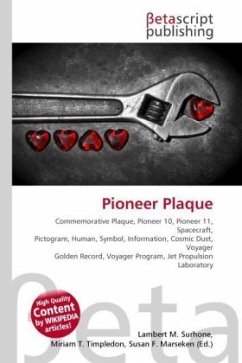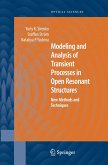In this book, the author presents a new theoretical information-geometric framework (IGAC, Information Geometrodynamical Approach to Chaos) suitable to characterize chaotic dynamical behavior of arbitrary complex systems. Special focus is devoted to the conventional Riemannian geometrodynamical approach to chaos and to the Zurek-Paz quantum chaos criterion of linear entropy growth. The major elements of the IGAC and the novel notion of information geometrodynamical entropy (IGE) are introduced by studying two simple physical applications. Finally, concluding remarks emphasizing strengths and weak points of this novel approach are presented and possible further research directions are addressed. At this stage of its development, IGAC remains an ambitious unifying information-geometric theoretical construct for the study of chaotic dynamics with several unsolved problems. However, based on the author's recent findings, IGAC already provides an interesting, innovative and potentially powerful way to study and understand the very important and challenging problems of classical and quantum chaos.








